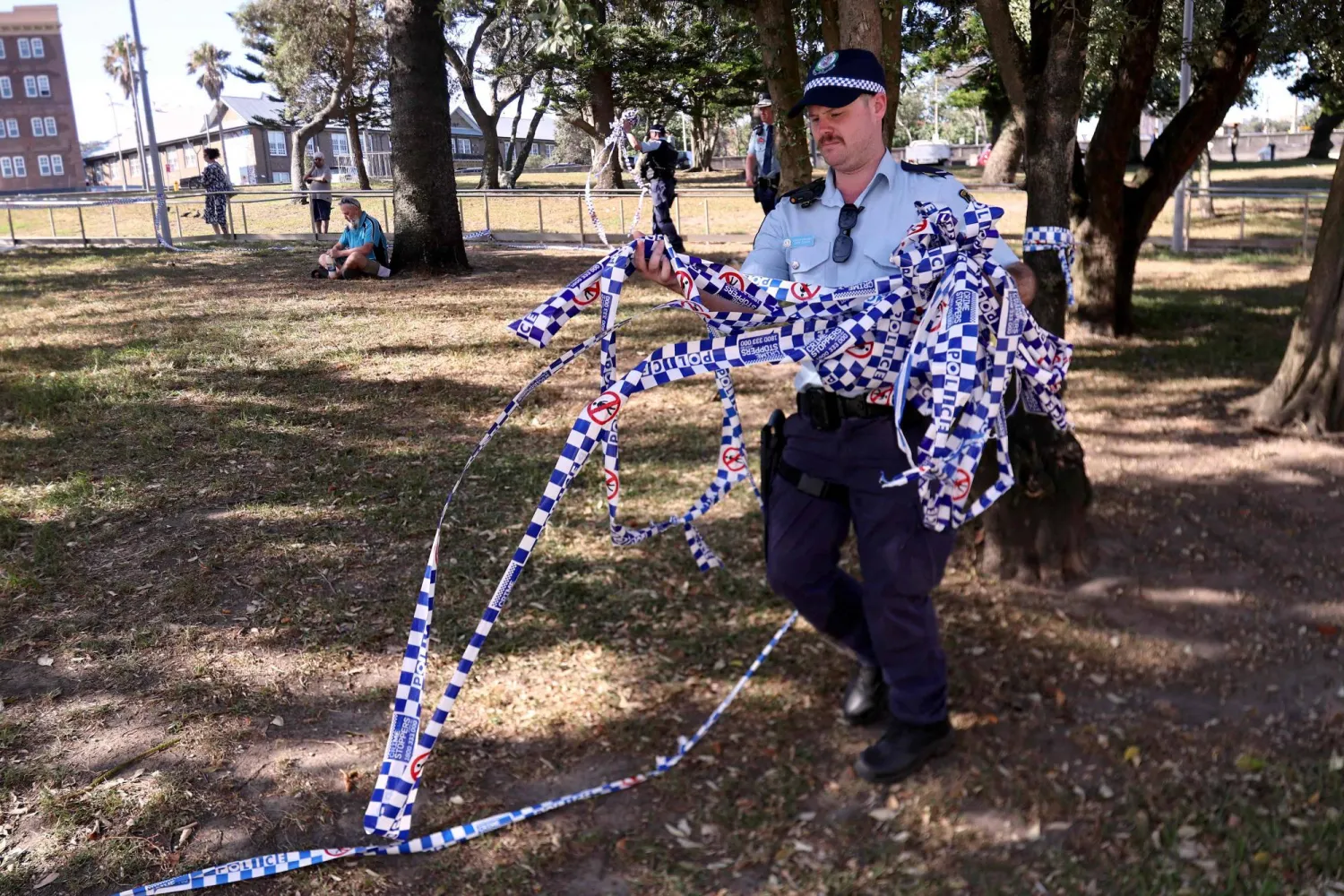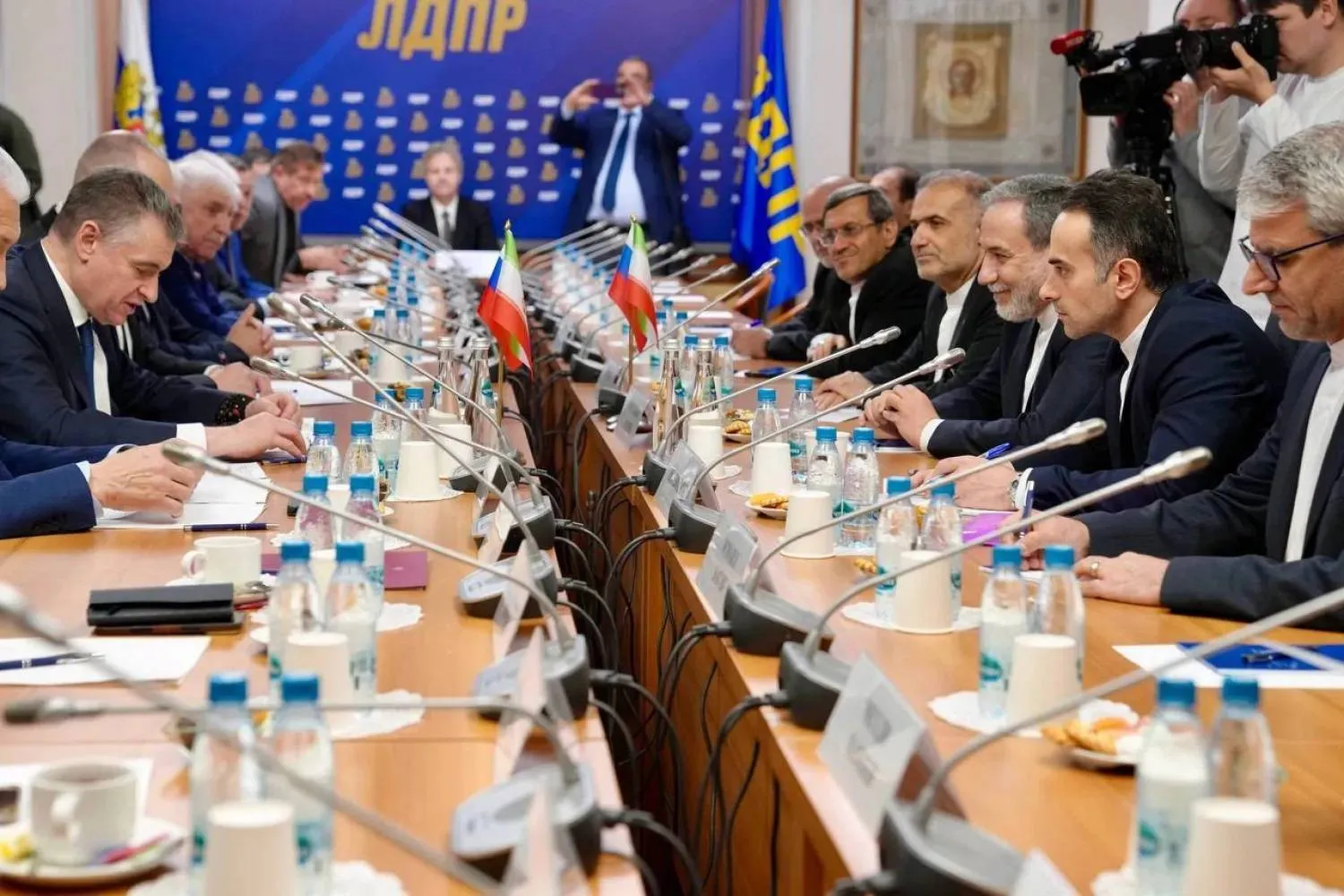CIA director William Burns warned on Sunday that Iran could enrich uranium within weeks to 90 percent, the quantity it needs for a nuclear weapon.
He added that in terms of its missile systems, Iran’s ability to deliver a nuclear weapon, once developed, has also been advancing as well.
In an interview with CBS news that aired on “Face the Nation,” Burns expressed concern about the growing dimensions of Tehran's nuclear program, after reports last week said inspectors of the International Atomic Energy Agency (IAEA) found enriched uranium to a purity of up to 84 percent.
However, the CIA director said Washington does not believe that the Supreme Leader in Iran has yet made a decision to resume the weaponization program that we judge that they suspended or stopped at the end of 2003.
Burns said Iran obviously advanced its enrichment programs very far over the past couple of years.
“They've advanced very far to the point where it would only be a matter of weeks before they can enrich to 90 percent, if they chose to cross that line,” he said, adding that also in terms of their missile systems, their ability to deliver a nuclear weapon, once they developed it, has also been advancing as well.
“We don't see evidence that Iran made a decision to resume that weaponization program,” Burns affirmed, adding that the other dimensions of this challenge are growing at a worrisome pace too.
The CIA director was referring to the Amad Project, Iran’s plan to build an atomic warhead that was pursued under the supervision of Mohsen Fakhrizadeh, Iran's prominent nuclear figure. Tehran said the project was stopped in 2003.
The IAEA had stated in its 2011 report that some work related to the Amad Project continued, indicating the role of Mohsen Fakhrizadeh.
Last Monday, the United Nations’ nuclear watchdog said it had detected uranium enriched to 84 percent purity, which is just 6 percent below the weapons grade purity of 90 percent required for a nuclear weapon.
IAEA said it was discussing the recent results of verification activities with Iran.
Iran has been enriching uranium to up to 60 percent purity since April 2021. Three months ago it started enriching to that level at a second site, Fordow, which is dug into a mountain. Weapons grade is around 90 percent.
Two diplomats told Reuters the IAEA, which inspects Iran's nuclear facilities, had detected uranium enriched to 84%, confirming an initial report late on Sunday by Bloomberg News.
“The issue is whether it was a blip in the reconfigured cascades or deliberate. The agency has asked Iran for an explanation," one of the diplomats told Reuters.
Last Friday, Behrouz Kamalvandi, spokesperson for the Atomic Energy Organization of Iran, said Tehran “has the right to enrich uranium at any rate it wants.”
Iran then tried to respond to international concerns, when it announced on Wednesday the arrival of an IAEA team to the Fordow facility to remove ambiguities about the 84 percent enriched uranium, in tacit confirmation of the validity of what the agency announced.
Head of Iran's Atomic Energy Organization Mohammad Eslami said IAEA inspectors had been in Tehran since Tuesday and had started negotiations, visits and checks to resolve “ambiguities created by an inspector.”
Early this month, the UN nuclear watchdog criticised Iran for making an undeclared change to the interconnection between the two clusters of advanced machines enriching uranium to up to 60% purity, close to weapons grade, at its Fordow plant.









